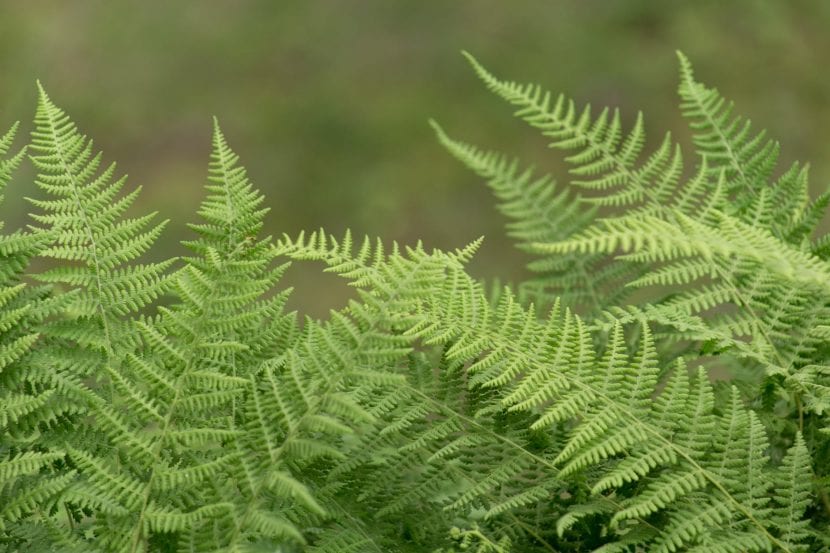
What do plants need to live? We tend to think that water and light, which is completely true, but ... something else? The reality is that yes. And it is that these beings that make us happy the garden and / or the home are not as simple as it was believed; in fact they are quite complex as you realize as you go deeper and deeper into their world. Of course, they have had time to evolve: neither more nor less than 2.500 million years, since the Proterozoic.
Today there are hundreds of thousands of species of plants, classified according to different ways, being the usual thing to do it by type (trees, palms, cacti, climbers, etc.), and all of them have their own needs. But if they have something in common, apart from their primitive origin, it is what they need from the environment to live.
Understanding plants may seem very difficult at first; sometimes it even gives you the impression that you have to study botany to understand them. Undoubtedly, the more you learn, the better, and a university degree is a very good option for this, but to take good care of them, you just need to be curious and want to learn. So, let's see what they need to be healthy and alive:
Luz
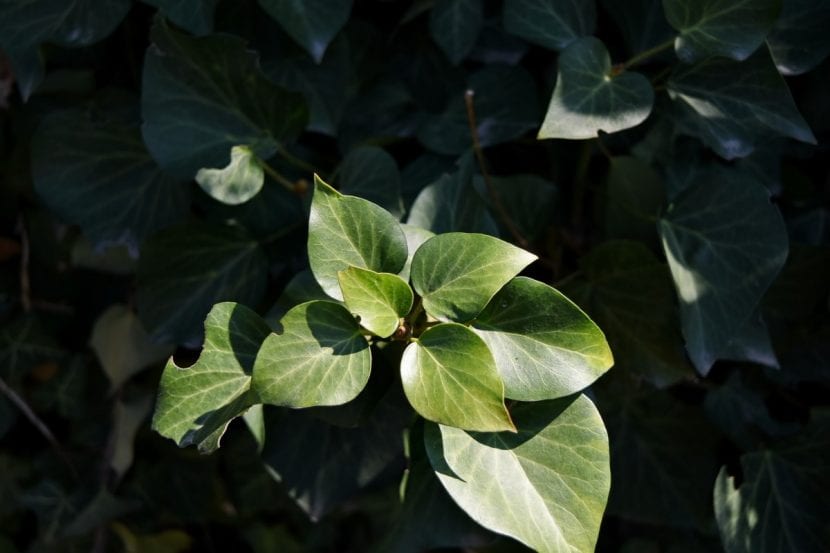
Sunlight is essential for them. It is something that you cannot miss at any time, since they need it to carry out photosynthesis, which is a process by which they convert that solar energy into their food (especially carbohydrates and starches). In addition, during this process its leaves absorb carbon dioxide (CO2) and release oxygen (O2), which as we know is a gas that we need to breathe.
But beware, that require light does not necessarily mean that they should be placed in direct sun. This will depend a lot on the plant in question and where it has been grown up to that point. In general, you should know that the vast majority do want to receive light directly, but there are some that do not: Ferns, arces, bromeliads (except those that live in dry climates), Orchids, etc. When in doubt, ask us 🙂.
Water

Without water no living thing could, well, exist. In the case of plants, it is completely necessary since it is a liquid that, when in contact with the minerals in the soil, makes them accessible to them. Likewise, we cannot forget that the precious liquid is composed of two molecules of hydrogen and one of oxygen (H2O): both are gases that required to be able to carry out all the processes with total normality.
But not, not for more water that we add will be healthier. Extremes are very harmful, not only for plants but for everyone. And is that if we give them more than they need, their roots literally suffocate; their pores clog and are deprived of oxygen as a result. The symptoms do not take long to appear: rot, leaves that turn yellow and then brown starting with the oldest ones, flower drop, ...
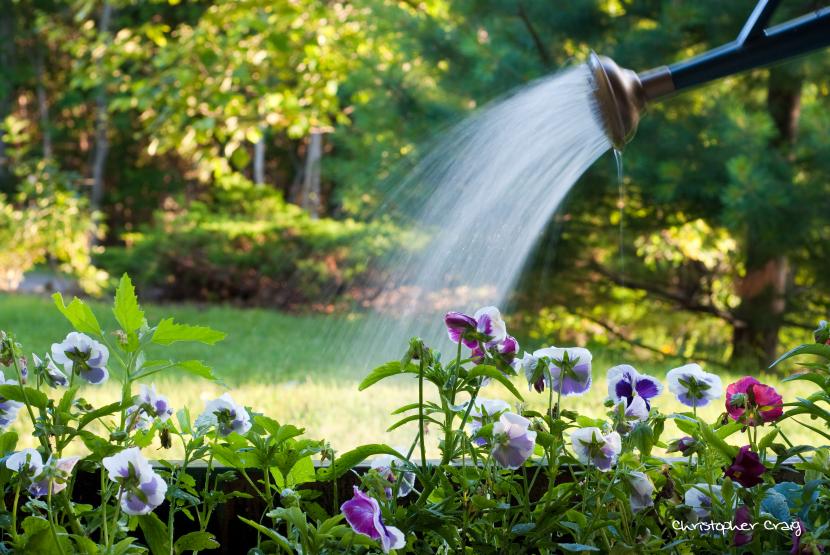
On the contrary, if we give them less, the root system dries up, atrophies, so that depending on the gravity the secondary roots (the finite ones, which are responsible for supplying water to the stems, leaves and others) stop get your job done. The leaves begin to dry out as well, starting with the newest ones; and the plant weakens.
IMPORTANT NOTE: The leaves cannot absorb water directlyThat is why it is not necessary to wet them, otherwise they would rot.
Air
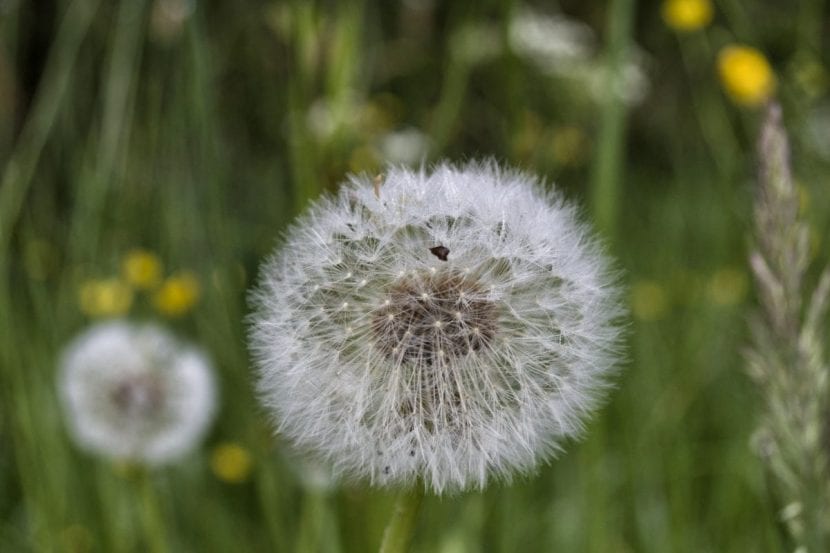
Dandelion is a herb that needs air to spread its seeds.
The air… This is a topic that often creates a lot of confusion. Plants need air to breathe, since provides them with oxygen, which they need to be alive. But in addition, there are many species that use the wind so that their flowers are pollinated, and / or so that their seeds are carried as far as possible from their parents.
Now, as in everything in life, excesses are bad. Those that live in very windy areas have had to develop structures (trunk, branches) capable of withstanding those gales. For example, those that are in places at risk of hurricanes (such as the coconut palm for example), tend to have petioled leaves, with petioles (the stem that joins the leaf with the trunk) somewhat long and above all hard, otherwise they will they would break easily.
On the other hand, when air is lacking or scarce, plants do not receive all the oxygen they need and consequently become weak and can die. For this reason, they should never be wrapped in plastic bags, and if they are placed in boxes, it is essential to make some holes in them so that the air can circulate.
Nutrients
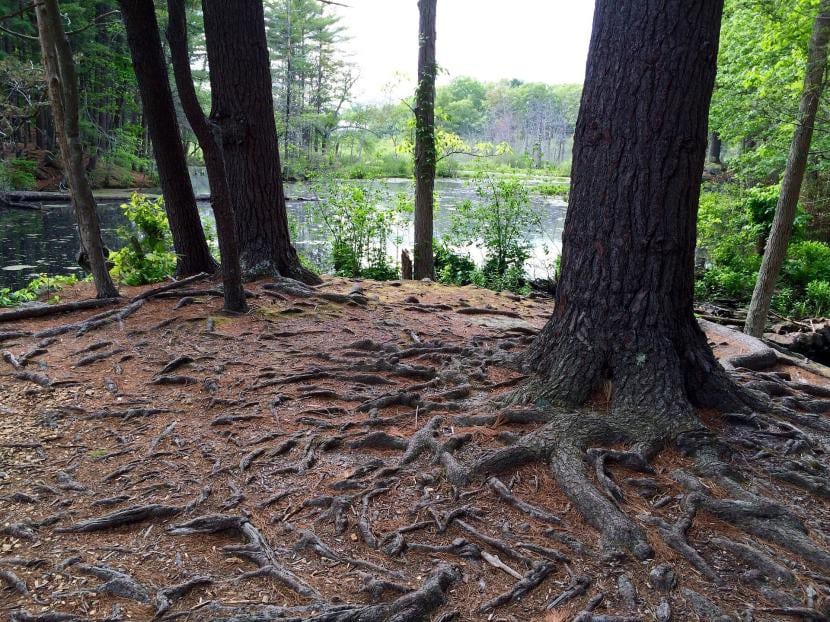
Nutrients are classified into two types:
Macronutrients
They are the ones that need in greater quantities. Not that they are the most important - all nutrients are - but without these it would be impossible for plants to be completely healthy:
- Nitrogen: it is responsible for the growth of plants, which creates the plant mass.
- Phosphorus: favors the development of roots, flowers, and fruits.
- Potassium: it is a regulator that accumulates in tubers and fruits, which gives them color and consistency and improves their size.
- Magnesium: it is essential for chlorophyll, the green pigment essential for photosynthesis, to be produced.
- Football: it is important for growth, since it intervenes in the division of cells.
- Sulfur: it is essential for the formation of chlorophyll. In addition, it helps metabolize nitrogen.
Micronutrients
They are those that need but in smaller quantities. They should not be neglected, as their deficiency could cause problems for the plants. Are these:
- Iron: intervenes in the formation of chlorophyll, and favors the absorption of phosphorus.
- Manganese: essential also for chlorophyll molecules, and for many enzymatic processes to take place.
- Zinc: participates in enzymatic processes.
- Copper: it is essential for plant respiration.
- Boron: it is important for pollen, as it favors its production and maturation.
- Molybdenum: it is important to synthesize amino acids, and for legumes to fix nitrogen to the soil through the symbiotic bacteria that they have in their roots.
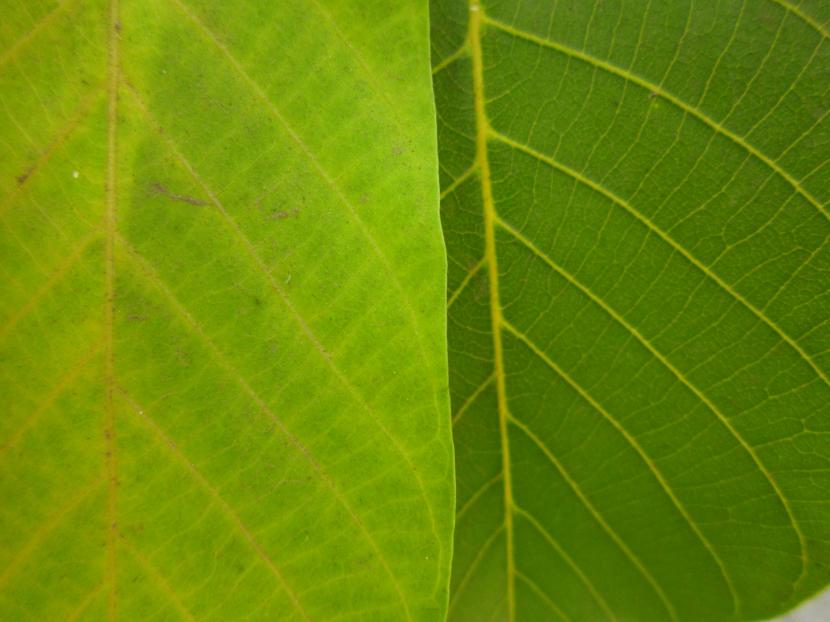
We hope you have learned a lot about the needs of plants 🙂.